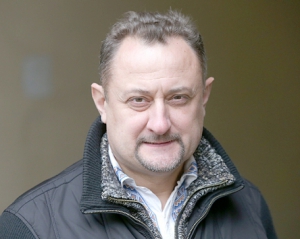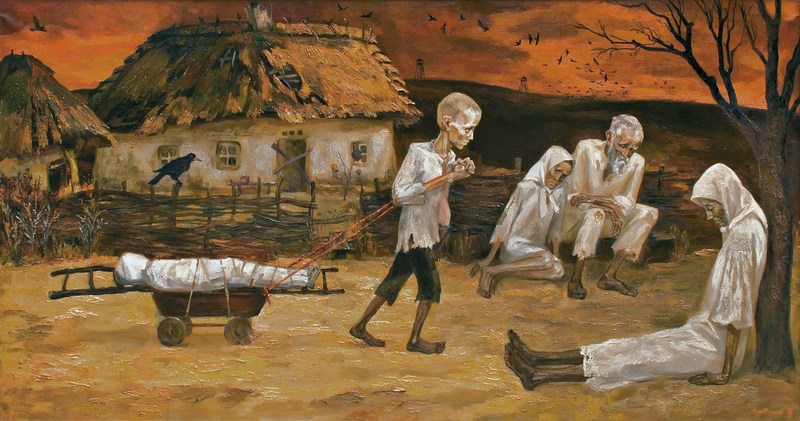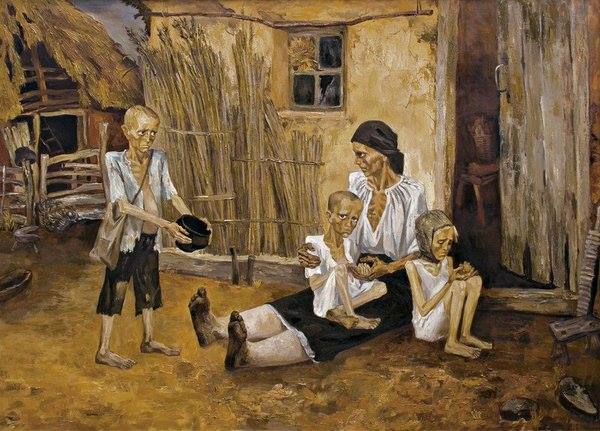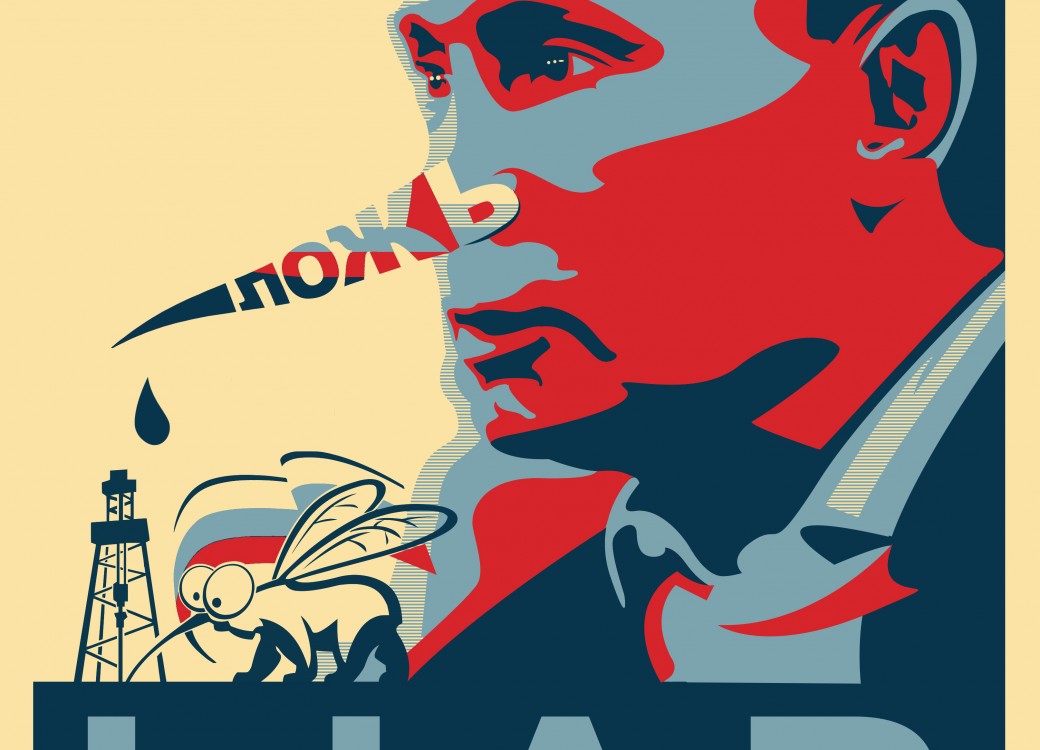- There were thousands and thousands of empty houses that had once belonged to Ukrainian families. Moscow’s strategy was simple: move Russian families to these homes and russify the eastern regions of Ukraine. That didn’t quite work out in central Ukraine, but it certainly did in Zaporizhzhia, Donetsk and Luhansk Oblasts.

- We don’t have access to documents that would show us Stalin’s overall plan to colonize Ukraine. There are statistics about farms that were “empty” due to their owners’ death or disappearance. For example, there were 120 “empty” farms in the village of Holinka, Bakhmatsk District, Chernihiv Oblast. So, Russian families were sent to Chernihiv Oblast to colonize the abandoned regions. However, the authorities failed to take into account that half of the owners had not died, but simply left. In 1934-1935, many of them returned to reclaim their homes.
- Doctor Olha Romanenko has statistics from Krivy Rih in Dnipropetrovsk Oblast. She says that in 1934 the NKVD recorded massive fights and disputes between Russian settlers and Ukrainian farmers. Moscow’s goal was to colonize central Ukraine, but about a million Russian settlers were sent back home. Unfortunately, the famine couldn’t be controlled immediately and people, including the settlers, continued dying from hunger well into 1934.
What was included in the colonization plan?
- A whole network of orphanages was created during the Holodomor. In fact, they were concentration camps. For example, children from disposessed families were placed in the village orphanage of Holinka (mentioned above-Ed.). In 1934, there were about 2900 children in the institution. They were taught Russian; everything was in Russian. This is how Moscow created a uniform Russian-speaking population: russification of Ukrainian children whose parents had been killed by the Soviet system plus massive arrival of Russian settlers… so, what do we have in the end? A completely russified Bakhmatsk district.
What hasn’t been researched enough in the Holodomor?
- Many Ukrainians consumed human flesh. We don’t talk about it because it’s a profound psychological trauma. Survivors would deny or twist the truth: “Oh no, there was no famine in our village.”; “Yes, there was one woman, but she was crazy anyway.”
In fact, some orphanages delivered children’s bodies to underground factories that operated illegally in regional centres. Sausages made of human flesh – this is industrialized cannibalism. Many cases were recorded in Zaporizhzhia.
- It was mainly the dying that were taken to these slaughterhouses, often the very young and the elderly…

How did the famine of 1946-47 differ from Holodomor 1933?
- In 1946, when Stalin once again officialized a famine to finally resolve the “Ukrainian problem”, many Ukrainians didn’t react as expected. First, some left their homes and settled in Right-bank Ukraine and in regions infiltrated by the UPA (Ukrainian Insurgent Army). Second, some began to hide or “recycle” what was previously considered waste. Before the Soviet authorities arrived to confiscate all food products, as in 1932-1933, people sliced potatoes into tiny bits, dried and stacked them into bags. So, here come the village council members to confiscate food for alleged debts: “And what’s this?” – they ask. “Oh, these are just scraps, waste to feed the chickens…” Then, the farmers boiled these scraps as they contained a lot of starch. Meat and chicken by-products were also stored this way and so cannibalism disappeared. There were just a few isolated cases in 1946-1947.
(In 1946, about 1.7 million tons of grain were exported from the USSR to European countries. For example, 969 thousand tons of grain, 60 thousand of other food products, and 50 thousand head of cattle were exported to Berlin. Over the period of 1946-1947, 2.5 million tons of grain were exported to Albania, Czechoslovakia, Poland, Hungary, Bulgaria, Finland, France, and other western countries-Ed.)





